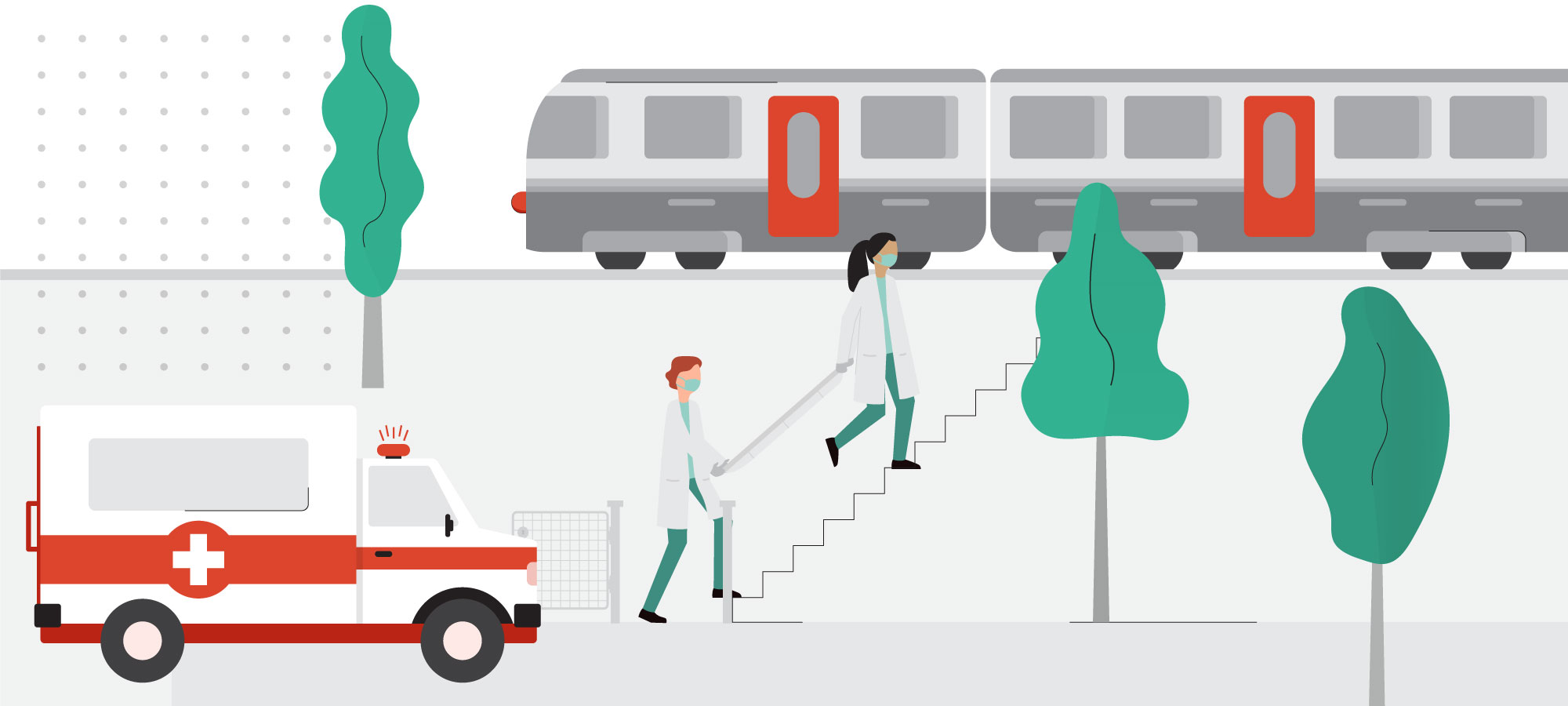CopernNet : Point Cloud Segmentation using ActiveSampling Transformers
In the dynamic field of railway maintenance, accurate data is critical. From ensuring the health of ...
Published on: December 1, 2020
Railway incidents can have serious consequences on passengers and infrastructure. When they happen, first responders need fast and easy access to the place of the incident, so they can intervene immediately and prevent worse from happening. In Belgium, railway network infrastructure operator Infrabel is putting all necessary information at the disposal of firefighters and other emergency response teams under the form of a comprehensive “access to railway” database. Kapernikov contributed to the data collection and data quality management of this database.

When confronted with rail incidents, emergency responders need to be as fast and efficient as they can be. Especially in the case of bigger incidents, it is critical for first responders to achieve total situational awareness at a glance. They need to know what the environment of the incident looks like, and which obstacles or dangerous situations might hamper an efficient intervention.
Obstacles can be manifold, ranging from an entrance that is not wide enough for a fire truck to enter, a staircase that can make it more difficult for intervention teams to bring heavy material, or a locked gate that prevents free access to the site.
First responders need to know instantly what the site of an incident looks like, before they head out to it. In other words: first responders need data. To make sure Infrabel can provide first responders with accurate, high-quality data about access points to its railway network, the company called upon the Kapernikov team for help.
We learned that the data quality of Infrabel’s access point database was not detailed enough for all use cases. There were various ways in which the data was entered, and sometimes, critical information about the access points – such as pictures – was missing. Infrabel needed to enhance the quality of its existing data, but it also needed to have a structured way to collect new access point data.
Together with Kapernikov, Infrabel embarked on a comprehensive data collection campaign, to make sure that all access points across the Belgian railway network were mapped.
Kapernikov helped Infrabel to:
Data of the railway access points is something that needs to be updated on a regular basis. We helped Infrabel to set up a smooth data collection process, personalized to their way of working, so their teams can handle the data collection and quality assurance themselves in the future in the most efficient way.
We used Open Data Kit software to develop a customized data collection workflow and to allow Infrabel field workers to seamlessly collect and process railway access point data.
Infrabel now has a uniform way to collect access point data from Ostend to Liège. The data collection is now also much more comprehensive, and includes the collection of pictures and data about the presence of electricity, means of communication, available parking space, accessibility towards, nearby and on the railway network, and much more.
Everyone hopes that first responders will need this data as little as possible. But when they do, the data will help them to intervene as efficiently as possible, and hopefully to save lives. And meanwhile, the data can also be used to train first responders about accessing our railways in the most efficient way.
Subscribe to our newsletter and stay up to date.
